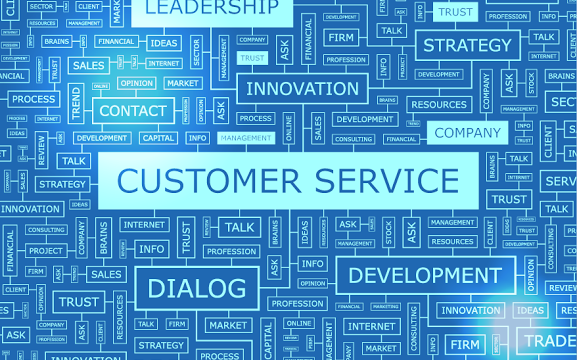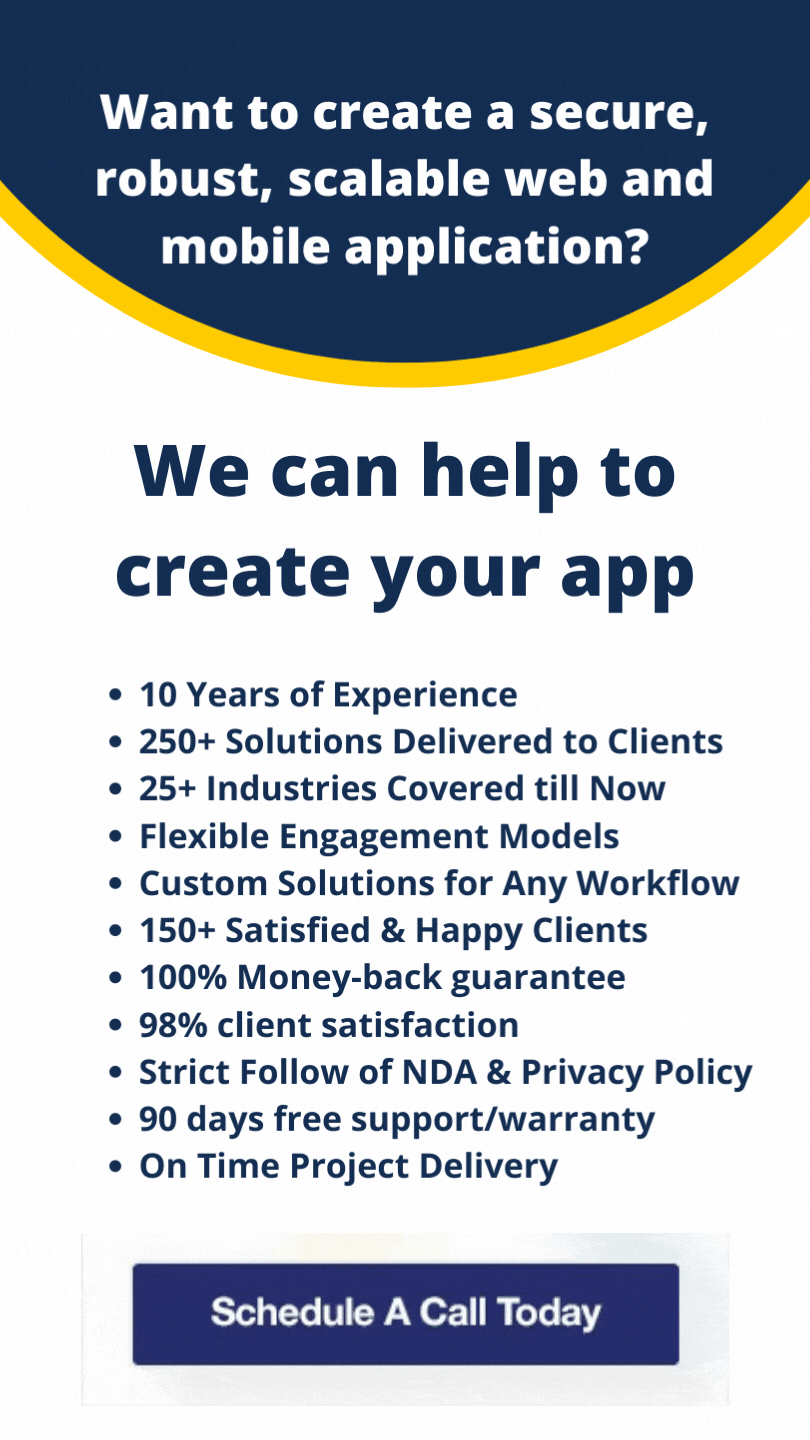The Enterprise Resource Planning (ERP) system can be tricky at first to understand. It is a new technology but you have a new choice but use it because it is an important part of every business. However, it shouldn’t reduce your work efficiency or make it difficult to reach daily targets. There might be many reasons that can bring you up to this scenario.
Let’s take a look at some of them:
- The changes you made to your business models don’t quite get along with the web-based ERP system.
- Your ERP software hasn’t been updated since a long time.
- The ERP developer company wasn’t able to understand your requirements.
- Your vendor sold the company or hasn’t been able to keep up with the latest development in the IT sector.
Around 81 percent small, medium, and big scale companies are involved in either developing a new ERP software or already have one. These companies mostly from the United States, India, Canada, the United Kingdom, Australia, and European Union countries.
Benefits of the ERP software are many but only if you keep it updated. Here are some things you can do to help yourself design the ERP software you always wanted. You should do them before you approach the ERP software development company India so that the service provider knows exactly what your requirements are.
1. Write Down Issues You’re Facing
Go through your ERP web application and write down for all the issues that you are facing. Pay special attention to key features and if they are missing. Ask yourself whether the existing software needs better customization? Do you want more flexibility to change things around after the software is made?
Take a note of the vendor’s customer support and technical assistance. Were they quick to respond and solve your query in 24 hours or did they take their own sweet time? Make another document of what all you want in your customized ERP application.
2. Build a Rough Erp System on Paper
Take points from both the documents that you made in the first step and create a rough ERP system on paper. You can hold a meeting with your key employees and ask them what all they’ve wanted in the system. There might be certain points you forgot earlier, which your employees can give an input about.
3. Compare With Existing One
Place your blueprint with the existing ERP software and note down the differences. There might some features that the vendor would’ve already provided but they might not be easily navigable, so wouldn’t have ever come across it.
4. Decide Between Upgrade or New Software
This is the most crucial decision you’ll have to take about your existing ERP software solution because it is a costly expense. The decision is completely your choice, so take time and ask your senior employees for their opinion. In case you still don’t come to a decision, you can ask your current service provider about it.
5. Find a Service Provider
You can either choose to go to your existing vendor for an upgrade or pick a new one. It is best to find a new provider because their ideas will be fresh. The best place to find a vendor is on the internet. Go through clutch reviews and expert opinions before you finalize on one.
6. Ask for Prototype Presentations
Don’t select a vendor straightaway. You can shortlist three and ask them to send a prototype presentation. Pick one and made further alterations, if any. This will save you the trouble coming across unwelcomed circumstances.
Contact Kanhasoft today whether you want to upgrade your ERP software or build a new one. We upgrade, repair, and build new mobile and web applications just the way you want.
FAQs
Q: What is an ERP system?
A: An Enterprise Resource Planning (ERP) system is a software application that manages and integrates a company’s key business processes, such as accounting, human resources, inventory management, and customer relationship management.
Q: What are some common signs that indicate an ERP system needs repair?
A: Some common signs that indicate an ERP system needs repair include system crashes or slowdowns, data inconsistencies or inaccuracies, security breaches, and an outdated user interface.
Q: What are the benefits of repairing an ERP system?
A: Repairing an ERP system can bring several benefits, such as improved system performance, increased data accuracy, better security, enhanced user experience, and increased productivity.
Q: When is the right time to repair an ERP system?
A: The right time to repair an ERP system is when there are signs of system issues, such as system crashes or slowdowns, data inconsistencies or inaccuracies, and security breaches. It is also advisable to repair the ERP system when it is outdated or lacks essential features needed to run a business optimally.
Q: How can you ensure that an ERP system functions optimally after repair?
A: To ensure that an ERP system functions optimally after repair, it is essential to conduct a thorough system check-up and testing, provide user training to enhance user experience, and keep the system up-to-date with the latest updates and patches.
Q: Can ERP system repair be done in-house, or is it advisable to outsource it?
A: ERP system repair can be done in-house if the IT team has the required expertise and resources. However, outsourcing the repair to experienced professionals can be beneficial, as it saves time, reduces the risk of errors, and ensures that the system is repaired optimally.
Q: What are some best practices to maintain an ERP system to avoid the need for repair?
A: Some best practices to maintain an ERP system include regular system backups, keeping the system up-to-date with the latest updates and patches, conducting regular system check-ups and performance tests, and providing user training to enhance user experience.



